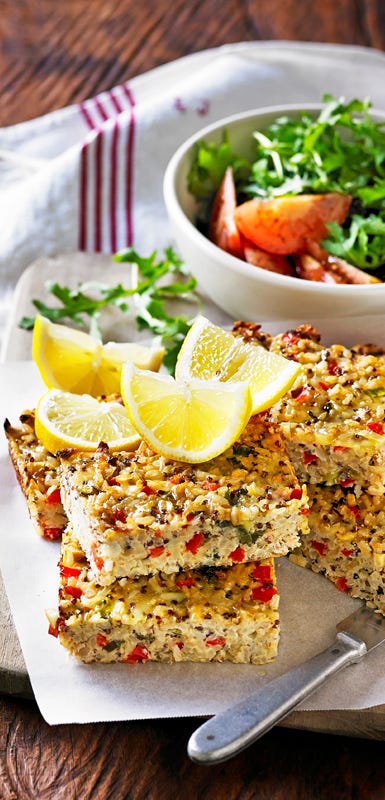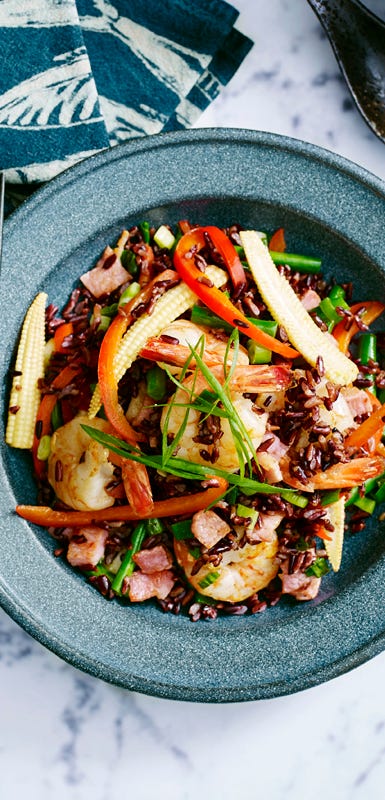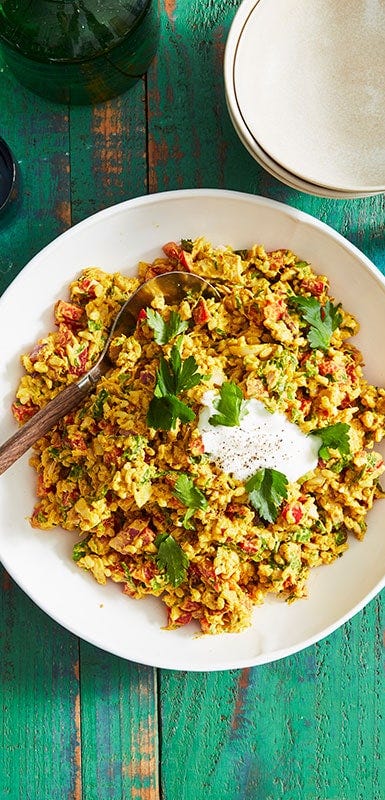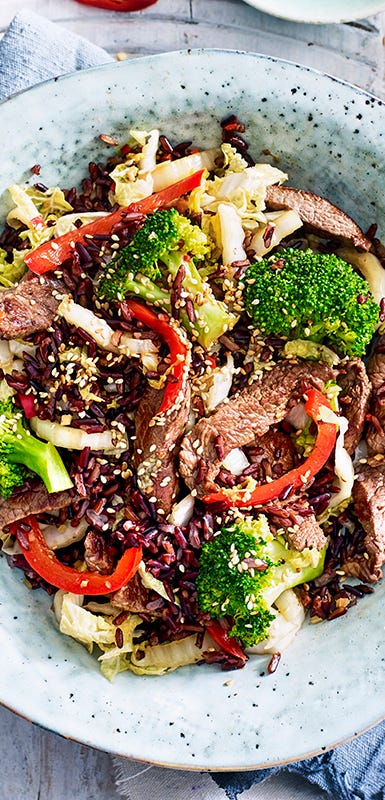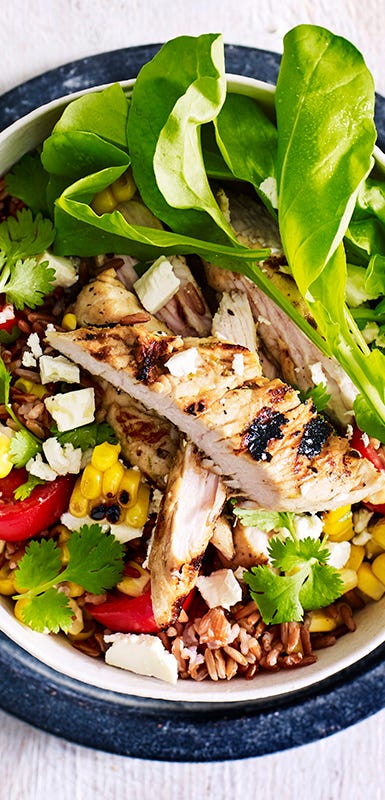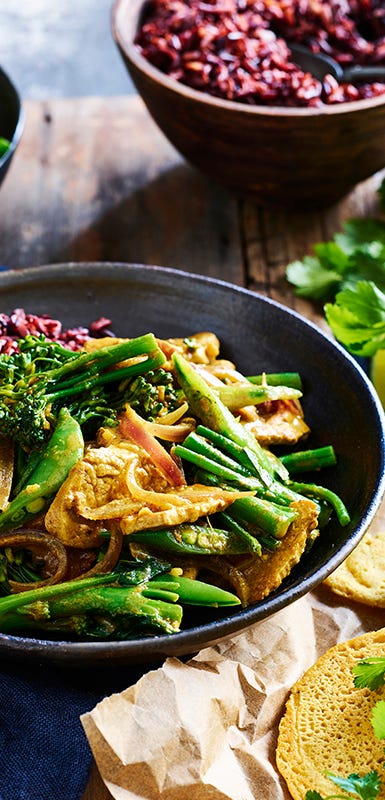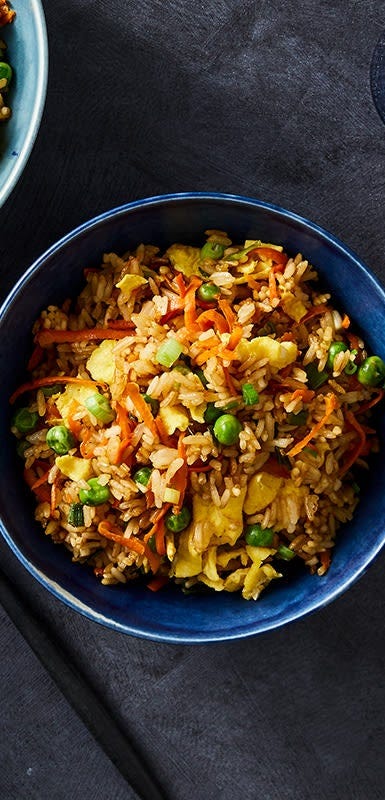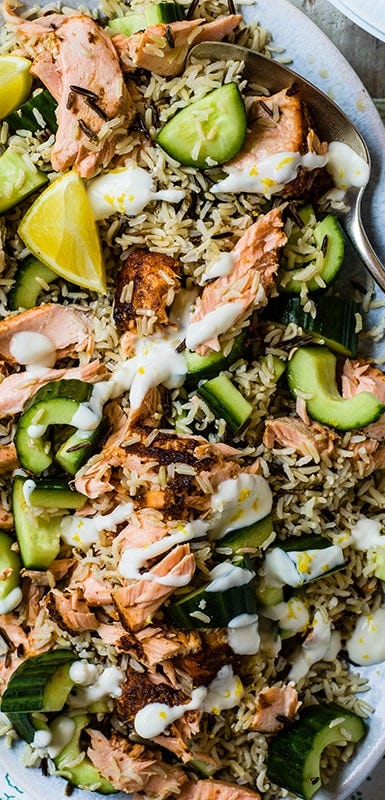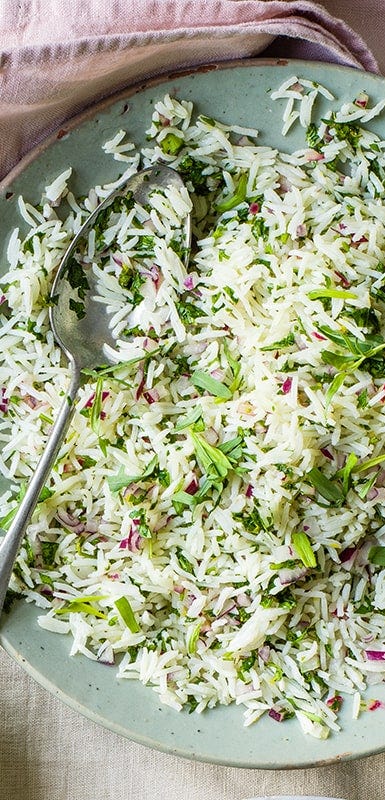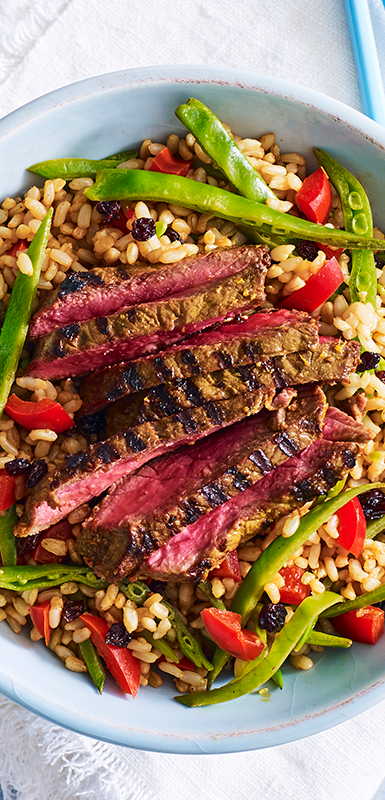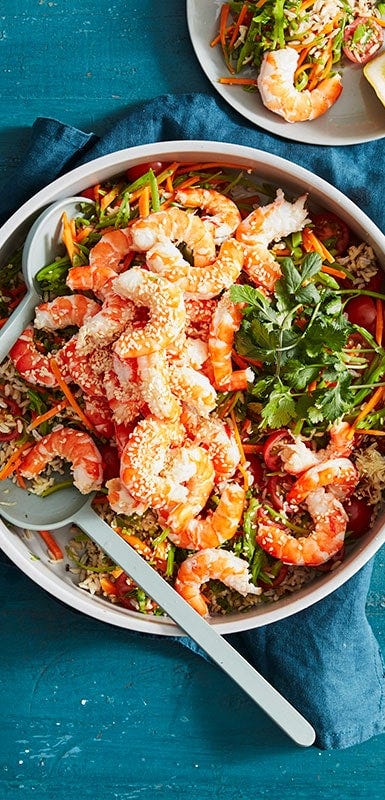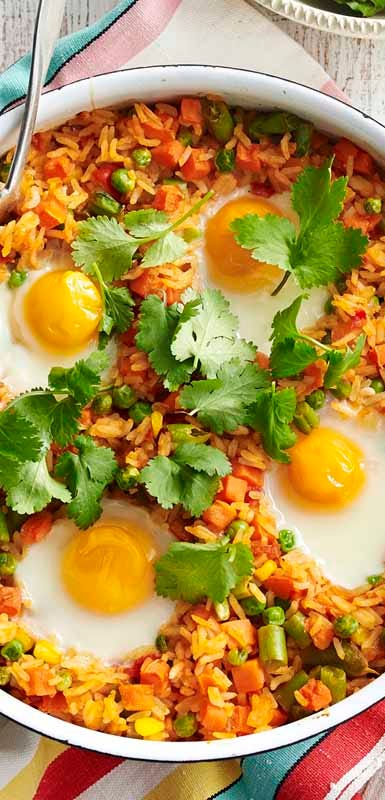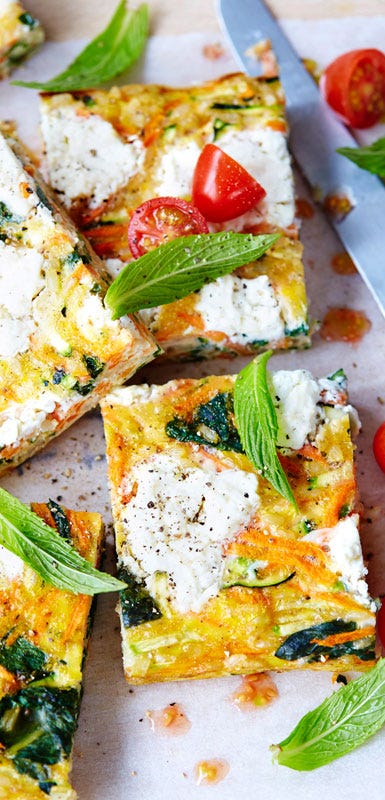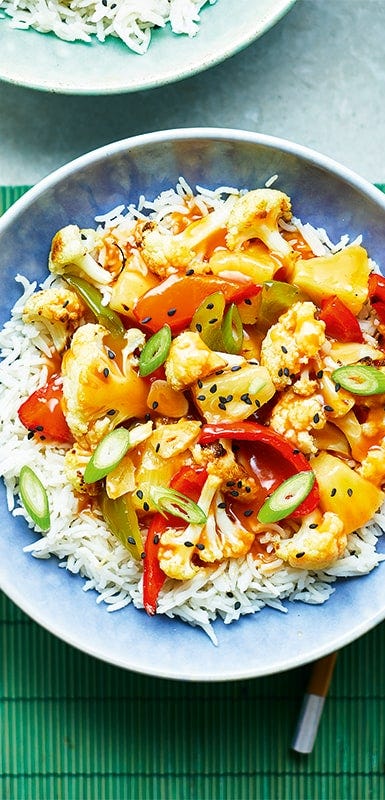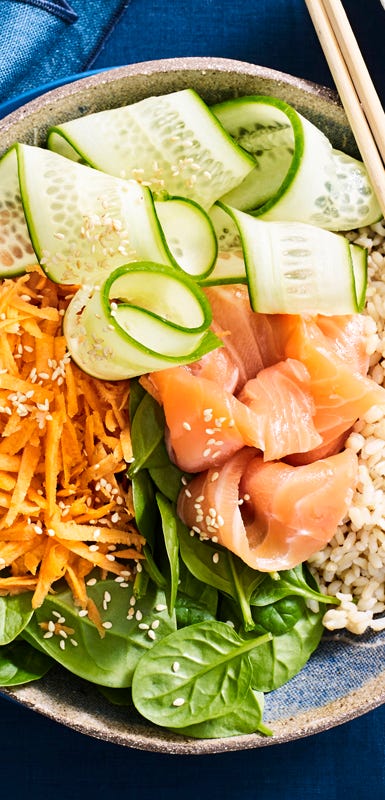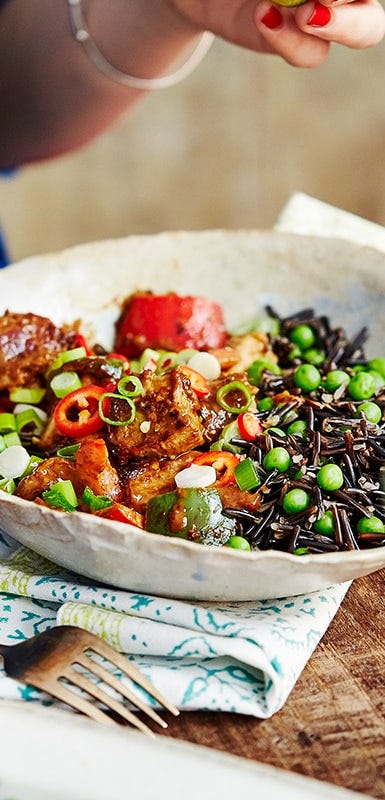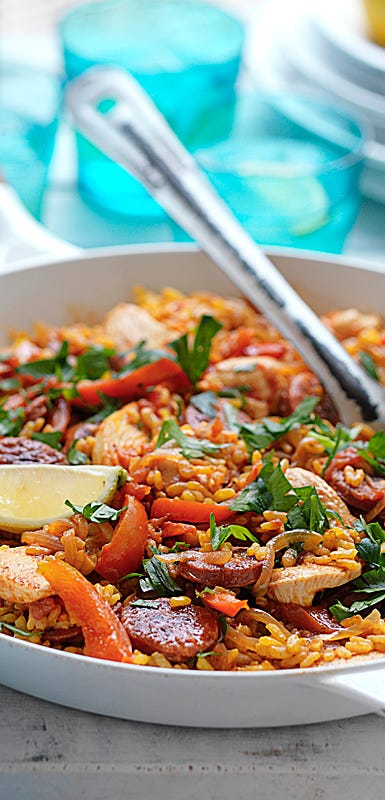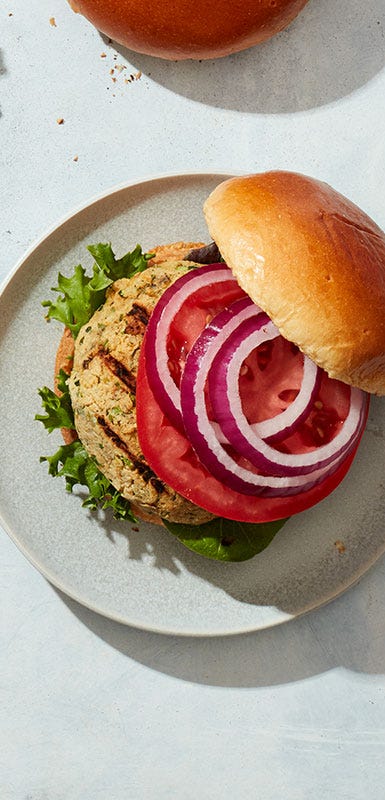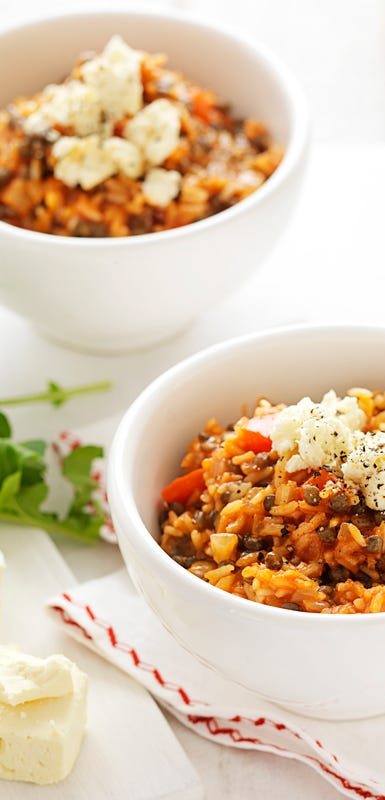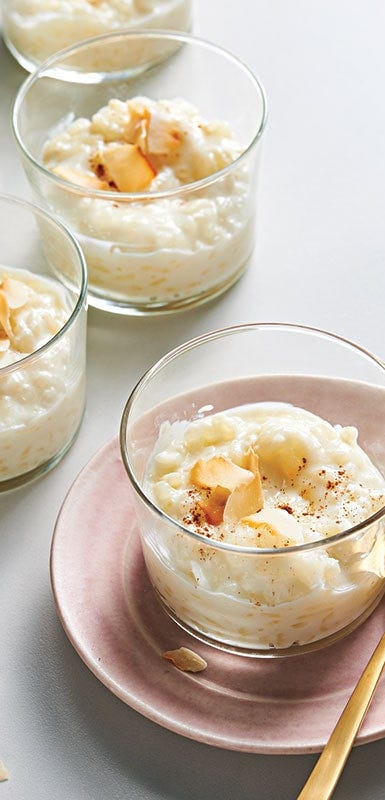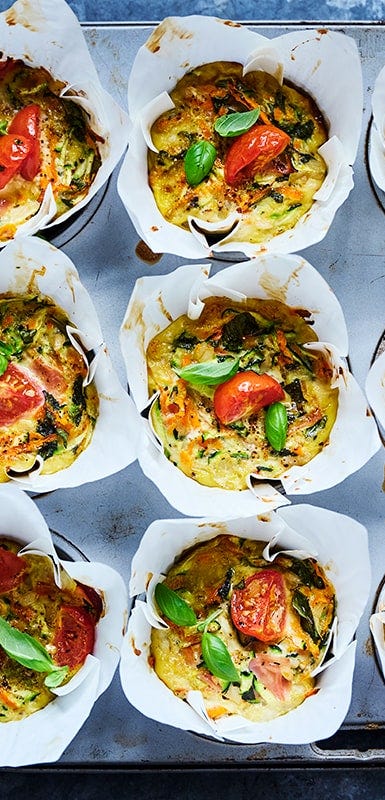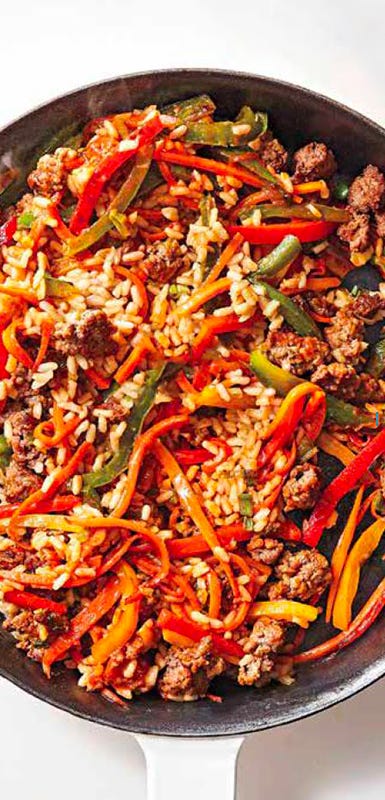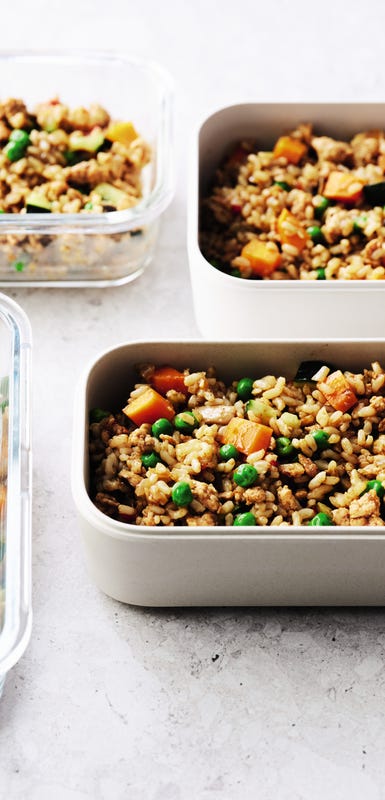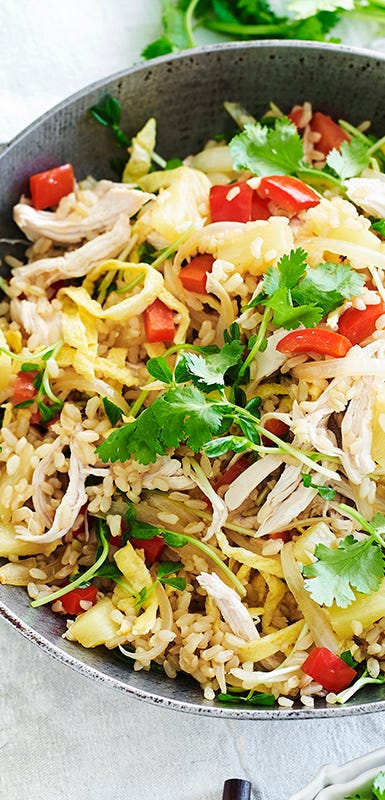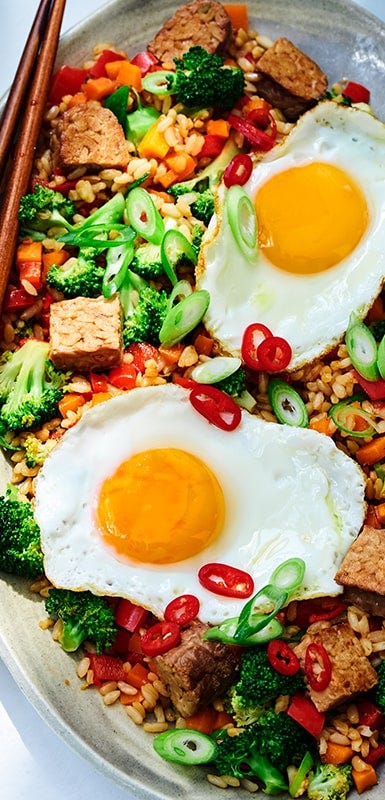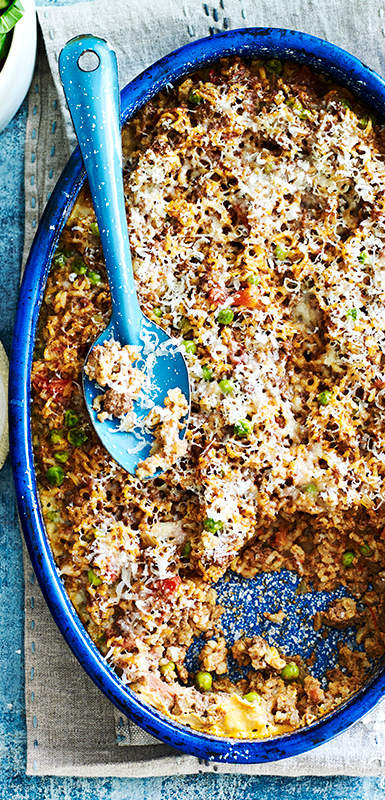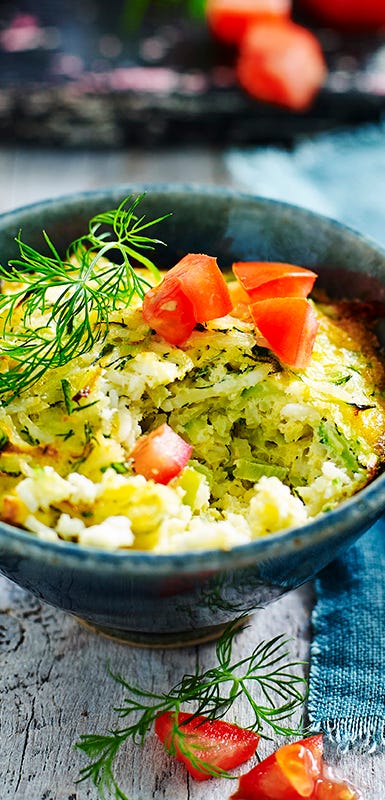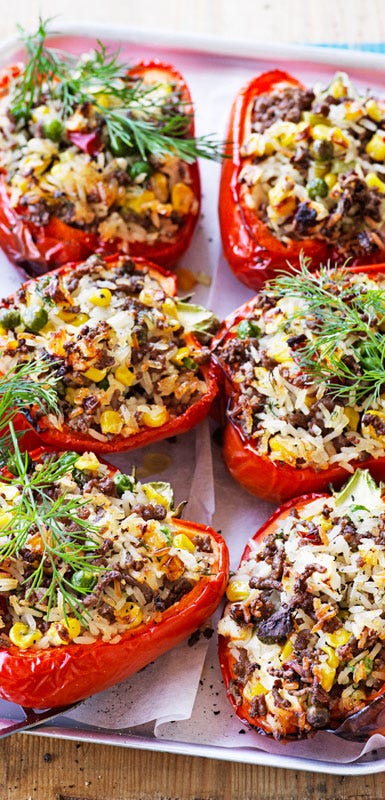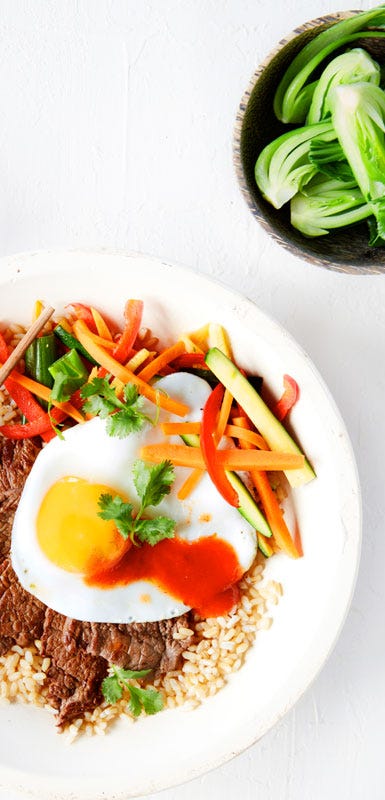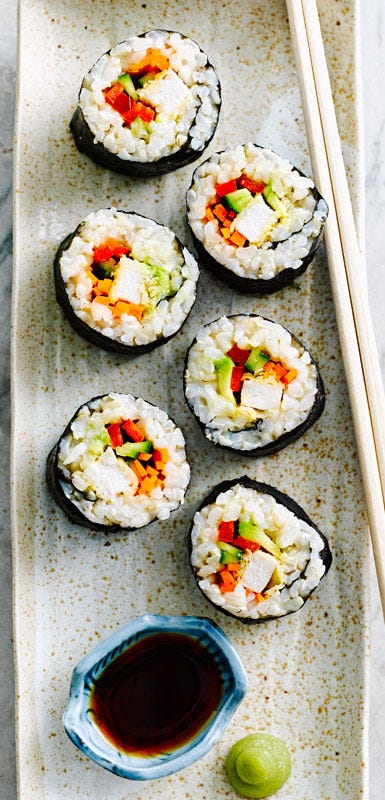30 easy rice recipes
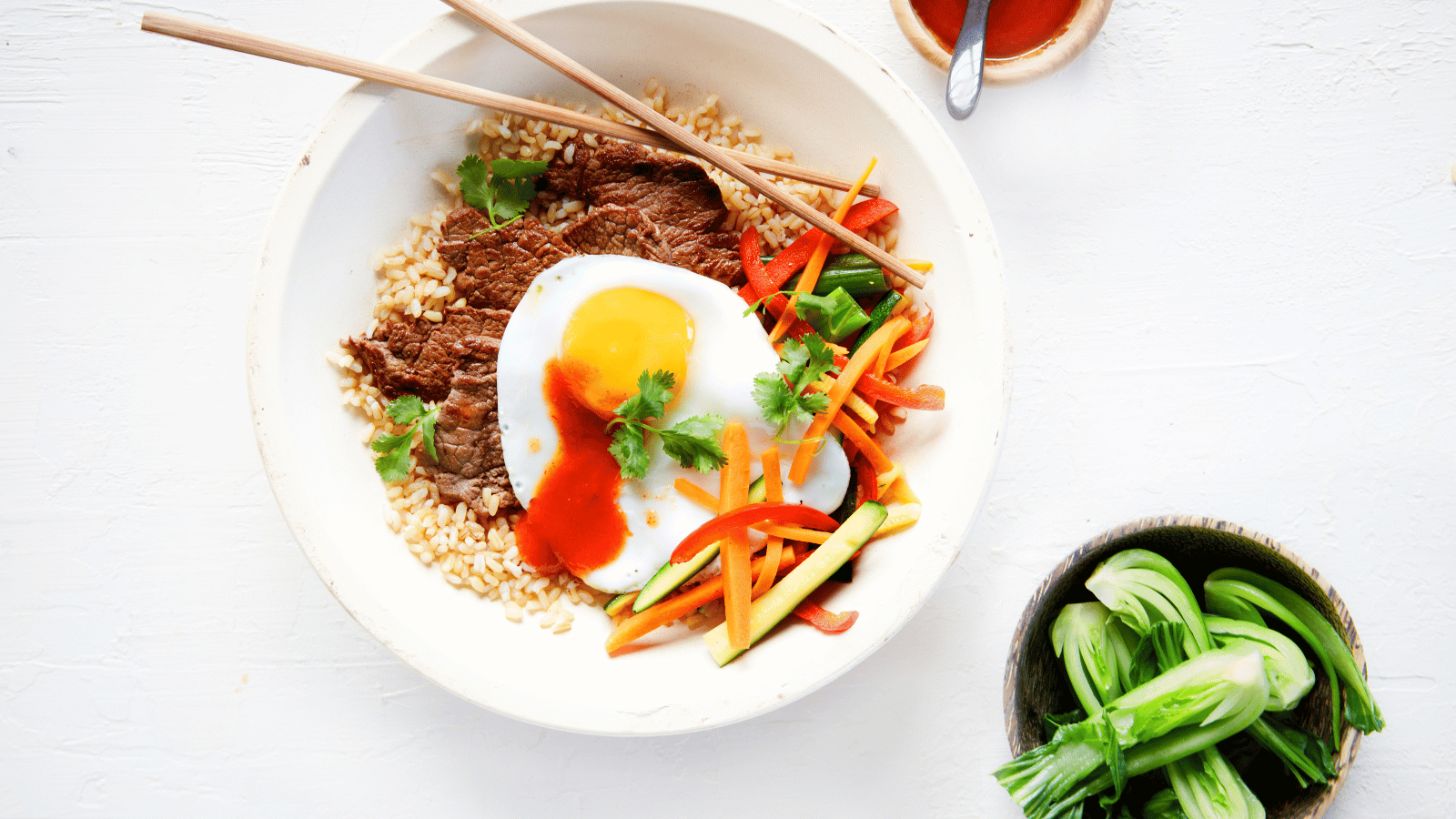

Rice is an excellent budget-friendly pantry staple, packed with nutrients and fibre to keep you feeling full for hours. With a variety of rice options available at every supermarket, it's good to know which type is best for your needs. Each rice variety has its own unique flavour, texture, and best use, so we've put together a quick guide to help you choose.
What is the difference between brown and white rice?
All rice must have its inedible hull removed during processing. What's left is the bran lying over a creamy endosperm. If the bran is removed with the hull, the rice is white rice. If the bran remains, the rice is brown. Any variety can thus be white or brown.
Brown rice benefits
White or brown, all forms of rice are similar in terms of calories, carbs, fat and protein content. The real difference lies in the vitamins, minerals and fibre. By removing the bran to produce a white rice, the grains lose vitamin B1, B3 and iron. That said, "enriched" rice has one or more of these nutrients added back to the grains in processing. However, white rice grains lose magnesium and certain beneficial fatty acids which are never added back. Brown rice is also a much better source of fibre: 3.5 grams per 1 cup, as opposed to 0.6 grams for white.
Long and short grain rice
Rice grains are often categorised as short, medium or long. For example, Arborio is a medium-grain rice; basmati, a long-grain rice. Sushi rice is almost always short-grained. But contrary to what you might think, the categorisation refers to the grain's starch content rather than its actual length. So, a short-grain rice is sticky when cooked, a long-grain rice appears drier and more compact, and Arborio, a medium-grain rice, achieves a chewy-sticky balance (i.e. ideal for risotto).
Which rice to use for what
When looking for the perfect rice to use in your dish, consider the texture and type of dish you're preparing. Long-grain rice, like basmati and jasmine, are ideal for pilafs, fried rice, or other dishes where the grains should be separate. They're also an excellent choice for adding a starch to any meal. Medium-grain rice, on the other hand, works best for paella, casseroles, and rice puddings. The grains are slightly sticky and can hold the sauce, making the meal thicker. Risotto is an example of a dish that can only be made with medium-grain rice. Short-grain rice is perfect for creating fried rice cakes, sushi, and sticky Thai desserts.
Tips for storing rice
Once a package has been opened, transfer the rice to zip-closed plastic bags or sealed glass jars for storage. Unless you're going to eat it in a year, don't buy the 10 kg bag. Moths in your pantry are most often hatched from eggs dormant on rice grains. Brown rice goes rancid more quickly than white because of the bran's fatty acids and oils. Always smell brown rice before you cook it to make sure it doesn't have a sour, off smell like oil that's gone bad.
Rice cookers
Almost every Asian home has a rice cooker. And why not? Just add the rice and water, and the machine cooks the rice in a steamy, sealed environment. Better still, a rice cooker will keep rice warm for hours, so dinner's ready when you are. Look for:
- An automatic keep-warm cycle.
- Multiple settings for brown rice, white rice and other varieties.
- A non-stick coating if you make lots of sticky rice.
- A snap-shut lid for keeping the steam in the pot.
Colours and types of rice
- White rice: Not only have the bran and hull been removed, but the white endosperm has been polished. It has a fluffy texture and neutral flavour.
- Brown rice: Any type of rice may remain brown: brown arborio, brown basmati and even brown sushi rice are available at high-end markets and many health-food stores.
- Red rice: This brown rice has a distinctive, nutty taste, favoured in many Southeast Asian dishes. Its colour comes from the distinctively red bran.
- Black rice: There are two types of this wholegrain varietal: forbidden rice from Asia which is very sticky, and black japonica from the U.S. which has a crunchy, earthy taste. Black rice works well in sushi and desserts and is full of antioxidants.
- Wild rice: It's actually wild grass, not paddy rice. In fact, it's a separate genus altogether, indigenous to the Upper Midwest of the U.S. Wild rice has a nutty texture and works well in salads.

